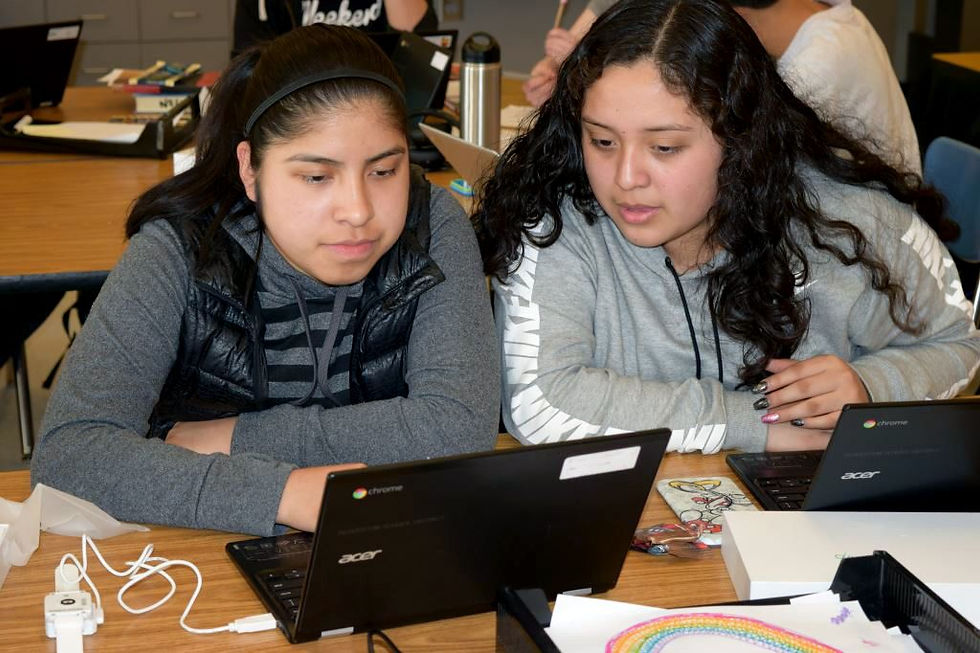Connecting Global Concerns to School, Community, and Industry
- Daylene Long
- Sep 3, 2018
- 2 min read
Updated: Sep 5, 2018
This past spring, in my hometown of Beaverton (the NikeTown suburb of Portland, Oregon), I attended a STEM presentation called the Connectathon Challenge by a group of students from the Health & Science School. I left inspired. I also left hopeful there are more programs like it across the US.

At the NSTA STEM Forum in Philadelphia the following summer, I was eager to discover more initiatives connecting students with real-world challenges and industry partners. It has been five years since states began adopting NGSS, and our research team at Catapult X, conducted focus groups titled "Putting the 'E' in STEM." We found that
Participants spoke of exemplary engineering activities that have promise. Educators excitedly discussed programs developed by their district, or single activities authored by a vendor, but nothing broad scale. And the best of what they shared typically included the adjective “expensive.”
There were ten focus group participants whom we spoke to, so we can hardly extrapolate their opinions to represent the whole of the US; however, these educators were rockstars. We had the Lorde and the Beyonce of STEM education in our focus group, so their opinions were credible. What they want--what they asked Catapult X to report--is curriculum that is free, widely available, high quality, and customizable. An ambitious goal. Is it achievable?
We we reported the focus group findings, which can be downloaded here, we then circulated the findings to a few colleagues in science and STEM education. Carol O'Donnell from the Smithsonian Science Education Center felt like we needed a good definition of STEM education as opposed to just STEM and she shared with me her favorite, which comes from Carnegie Mellon University:
“…an interdisciplinary approach to learning where rigorous academic concepts are coupled with real-world lessons as students apply science, technology, engineering and mathematics in contexts that make connections between school, community, work and the global enterprise enabling the development of STEM literacy and with it the ability to compete in the new economy” (Tsupros, Kohler, & Hallinen 2009).
The Connectathon Challenge that I attended in the spring of 2018 was the epitome of the above definition of STEM education. Over thirty students participated in that challenge to make the lives of diabetics easier. It was a collaborative project organized by the Digital Health Collaborative, Oregon Health Sciences University, and The Health and Science School in Beaverton.
Each team of students was given a box of supplies – including a tablet, health monitor watch, glucose monitoring patch and cloud development tools. Next, they met with physicians, patients and technology leaders to brainstorm ways to turn those supplies into solutions that help people living with diabetes. At the end of the 2017/2018 school year two teams of students went on to continue developing a product and one team is pursuing a patent.
As a lifelong learner, the research I share with you left me with more questions to explore. Can STEM curriculum really ever come in a kit? If we use the definition from Carnegie Mellon, it's a much broader challenge. Should we be focused less on the shiny objects of STEM education and more on deep comprehensive professional learning for educators from Pre-K-12?
留言